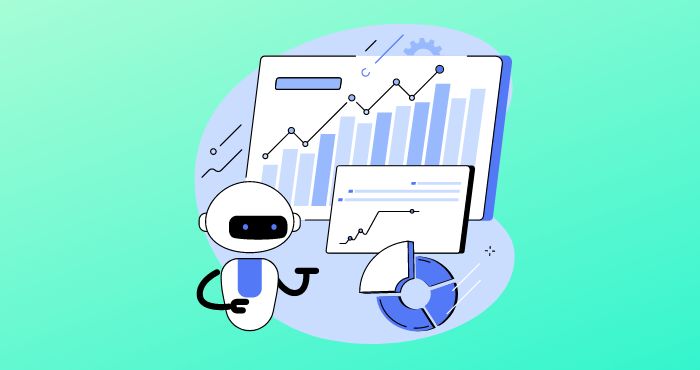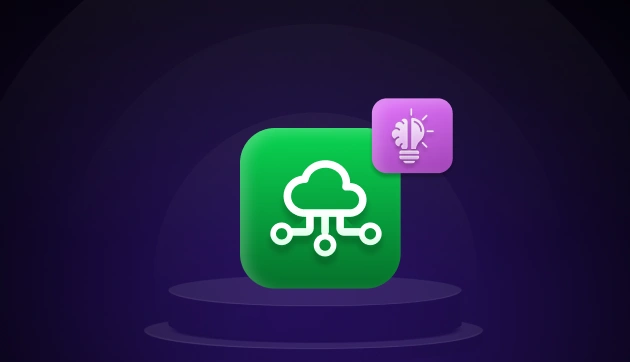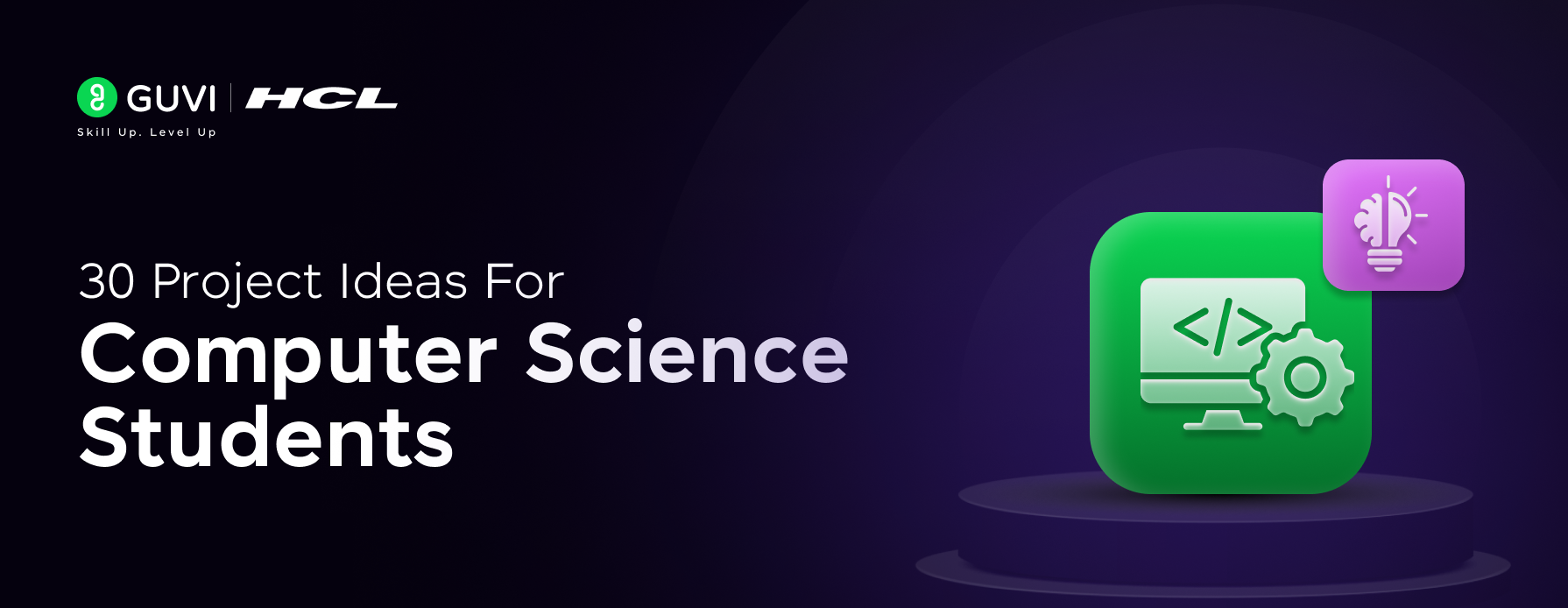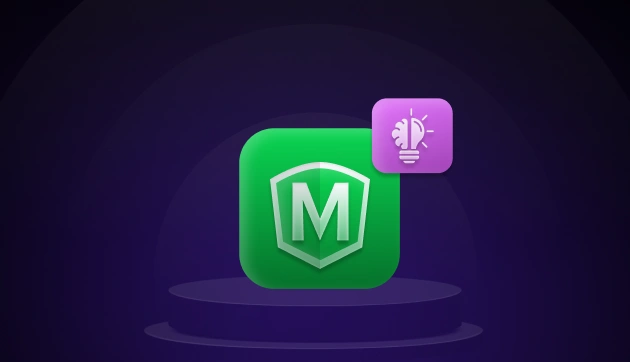
Data integration is essential in today’s data-driven world, enabling businesses to combine information from various sources into a coherent whole. This blog post explores several innovative data integration project ideas, ranging from real-time data dashboards to comprehensive customer data platforms. Each project idea is designed to help you understand data integration, utilizing advanced tools and technologies to address real-world challenges.
These projects will enhance your skills and inspire your creativity in the field of data science. Let’s explore these transformative ideas and see how they can revolutionize your data integration efforts.
Table of contents
- What is Data Integration?
- Top 10 Data Integration Project Ideas
- Project Idea #1: Real-Time Data Dashboard
- Project Idea #2: Data Warehouse Integration
- Project Idea #3: Customer Data Platform
- Project Idea #4: IoT Data Integration
- Project Idea #5: AI-Driven Predictive Analytics
- Project Idea #6: Cross-Platform Marketing Campaign Analysis
- Project Idea #7: Supply Chain Optimization
- Project Idea #8: Financial Consolidation and Reporting
- Project Idea #9: Health Data Integration for Patient Care Management
- Project Idea #10: Real Estate Portfolio Management
- Conclusion
- FAQs
- What are the key benefits of implementing data integration projects?
- How do I choose the right data integration project for my business?
- What are some common challenges in data integration projects, and how can they be addressed?
What is Data Integration?
Data integration is the process of combining data from different sources into a single, unified view. This process involves collecting data from various databases, systems, and storage repositories, and transforming it into a format that can be easily accessed and analyzed. The goal of data integration is to provide a holistic view of combined data, making it easier for organizations to make informed decisions based on comprehensive information.
Here are some key aspects of data integration:
- Data Collection: Gathering data from multiple sources, which may include databases, cloud storage, APIs, and flat files.
- Data Transformation: Converting the data into a common format or structure. This can include cleaning, normalizing, and transforming data to ensure consistency across sources.
- Data Consolidation: Combining data from different sources, which may involve techniques such as Extract, Transform, Load (ETL) or Extract, Load, Transform (ELT).
- Data Warehousing: Storing the integrated data in a data warehouse that supports analytical processing and querying.
- Data Synchronization: Ensuring that changes in source data are reflected in the integrated dataset, maintaining data accuracy and timeliness.
- Data Governance: Managing the availability, usability, integrity, and security of the data in the system.
Also Read About What Is a Data Engineer? A Complete Guide to This Data Career
Data integration is important for tasks such as business intelligence, reporting, and analytics, where decision-makers rely on comprehensive and accurate information. It helps break down information silos within an organization, ensuring that everyone has access to the same quality data, which leads to better decision-making and strategic planning.
Ready to master data engineering? Enroll in GUVI’s Big Data and Cloud Analytics Course today and elevate your skills with expert guidance. Begin your transformative journey now!
Now that you understand what data integration is, let’s explore 10 practical project ideas that can help you apply these concepts and enhance your data handling capabilities.
Top 10 Data Integration Project Ideas
Exploring data integration opens up many opportunities to use information in new and impactful ways. Below are 10 innovative project ideas that showcase how to use data from varied sources to drive decision-making, enhance analytics, and create more cohesive user experiences.
Project Idea #1: Real-Time Data Dashboard
The objective of this project is to develop a real-time data dashboard that provides instant visibility into key performance indicators (KPIs) across multiple sources. By using real-time data, businesses can gain immediate insights into their operations, react quickly to market trends, and make data-driven decisions with greater confidence.
This dashboard will serve as a critical tool for managers and executives to monitor the health of the business continuously, ensuring they are always informed and prepared to act on changes as they occur.
Tools Required
- Kafka: Manages large streams of data in real-time, ideal for high-throughput data environments.
- StreamSets: Streamlines data ingestion and integration, simplifying the management of data flows.
- PowerBI/Tableau: Powerful tools for creating interactive and real-time visualizations and dashboards.
- Apache Spark: Facilitates real-time data processing and complex analytics.
- Elasticsearch: Provides fast searching capabilities to retrieve specific insights quickly from vast data sets.

Must Explore: 9 Amazing Real-World Data Engineering Applications Around Us!
Project Idea #2: Data Warehouse Integration
This project focuses on creating a comprehensive data warehouse that integrates data from disparate sources into a centralized repository. This integration allows for enhanced data analysis, better decision-making, and more efficient business operations.
A well-designed data warehouse supports high-performance querying and reporting, while also enabling advanced data analytics like predictive modeling and machine learning, helping organizations to better predict customer behavior and business outcomes.
Tools Required
- Snowflake: Delivers a cloud-native data warehousing service that offers seamless scalability and concurrency.
- AWS Redshift: Known for its fast performance and ease of scalability in handling petabytes of data.
- SQL: Essential for querying and managing databases.
- ETL Tools (Talend, Informatica): Critical for the efficient extraction, transformation, and loading of data from multiple sources.
- DBT (Data Build Tool): Helps transform data more effectively in the warehouse.

Project Idea #3: Customer Data Platform
The goal of this project is to build a robust customer data platform (CDP) that aggregates and organizes customer data from various sources to create a single, comprehensive view of each customer. This unified view enables more effective marketing, improved customer service, and enhanced customer experiences.
By having a centralized platform, businesses can use analytics to derive deep insights into customer preferences and behaviors, facilitating tailored marketing strategies and personalized customer interactions.
Tools Required
- Segment: Integrates and manages customer data across multiple channels.
- Apache Hadoop: Scalable framework for processing large data sets with distributed computing.
- MongoDB: Offers flexible data structures and rapid development.
- Apache Kafka: Enables real-time data feeds into the platform.
- Redis: Acts as a data structure store used for caching and real-time processing.

Also Read: Top 9 Data Engineer Skills You Should Know
Project Idea #4: IoT Data Integration
The objective of this project is to integrate and process data from a network of IoT devices to enable smarter business operations and proactive maintenance. By using IoT data, companies can not only optimize their operational processes but also anticipate potential failures and automate responses.
This integration facilitates real-time monitoring and decision-making, vastly improving efficiency and reducing downtime.
Tools Required
- MQTT: Lightweight messaging protocol designed for constrained devices and low-bandwidth, high-latency networks.
- Apache NiFi: Automates the data flow and effectively manages data between systems.
- InfluxDB: Specialized in managing time-series data with high availability.
- Node-RED: Provides a visual tool for connecting APIs and online services to hardware devices.
- RabbitMQ: Robust messaging for applications, useful for decoupling complex data interactions.

Must Explore: Top 17 Best IoT Project Ideas
Project Idea #5: AI-Driven Predictive Analytics
This project aims to use AI-driven predictive analytics to analyze integrated data and predict future trends and behaviors. By developing predictive models, businesses can gain insights into future risks and opportunities, enhance strategic planning, and make more informed decisions.
This approach not only improves accuracy in forecasting but also enables companies to proactively manage market dynamics and customer needs, thereby maintaining competitive advantage.
Tools Required
- Python/R: Offers a rich ecosystem of libraries for statistical analysis and machine learning.
- TensorFlow: Advanced framework for developing complex machine learning models.
- Scikit-learn: Provides simple and efficient tools for predictive data analysis.
- Jupyter Notebook: Ideal for developing and presenting data-driven analysis.
- Microsoft Azure Machine Learning: Facilitates the building, training, and deployment of machine learning models at scale.

Also Read: The Role of AI in Predictive User Interface Design
Project Idea #6: Cross-Platform Marketing Campaign Analysis
The objective of this project is to integrate and analyze marketing data across multiple platforms to evaluate campaign performance comprehensively. By consolidating data from social media, email marketing, online ads, and customer interactions, businesses can gain a holistic view of their marketing efforts and identify the most effective strategies and channels.
This unified analysis helps optimize marketing spend, tailor content to specific audience segments, and drive better conversion rates.
Tools Required
- Google Analytics: Tracks and reports website traffic.
- Hootsuite/Buffer: Manages social media and analytics.
- Mailchimp: Analyzes email campaign effectiveness.
- Tableau/Google Data Studio: Visualizes and cross-platform analytics.
- Apache Airflow: Orchestrates complex data workflows.

Also Read: Top 15 B2B Digital Marketing Strategies in 2024 [Updated]
Project Idea #7: Supply Chain Optimization
This project aims to integrate data from various points in the supply chain to optimize operations and reduce costs. By analyzing data from suppliers, logistics, inventory, and sales, companies can identify inefficiencies, predict potential disruptions, and streamline operations.
Effective integration of these disparate data sources allows for better demand forecasting, enhanced inventory management, and improved delivery times, ultimately enhancing customer satisfaction.
Tools Required
- SAP ERP: Integrates enterprise resources and planning.
- Oracle SCM Cloud: Manages supply chain processes.
- Microsoft Power BI: Creates dashboards and reports.
- Python: Develops custom analytics and machine learning models.
- Apache Kafka: Handles real-time data feeds.

Project Idea #8: Financial Consolidation and Reporting
The goal of this project is to integrate financial data from various business units and geographical locations to enable consolidated financial reporting and compliance. This integration ensures accurate financial statements, aids in regulatory compliance, and provides executives with a clear view of the company’s financial health.
Automated data collection and integration reduce errors and save time during critical financial processes such as month-end close.
Tools Required
- Oracle Financials Cloud: Manages financial processes.
- IBM Cognos: Provides financial reporting and intelligence.
- QuickBooks: Handles accounting data integration.
- SQL Server Integration Services (SSIS): Performs data extraction, transformation, and loading.
- ACL Robotics: Analyzes financial data for compliance.

Know About the Top 7 YouTube Channels To Learn Data Engineering
Project Idea #9: Health Data Integration for Patient Care Management
This project focuses on integrating diverse health data sources such as electronic health records (EHR), lab results, and wearable technology to improve patient care management.
By creating a unified view of patient data, healthcare providers can offer more personalized care, better manage patient treatment plans, and enhance outcomes. Integrated data also supports advanced analytics for disease prediction and health trends.
Tools Required
- HL7 FHIR: Standardizes healthcare data exchange.
- Epic Systems: Manages electronic health records.
- Apache Hadoop: Processes large data sets.
- Tableau: Visualizes health analytics.
- IBM Watson Health: Applies advanced analytics and AI.

Must Know the Best Way to Learn Data Engineering in 2024
Project Idea #10: Real Estate Portfolio Management
This project aims to integrate data from various real estate management systems and external sources to provide a comprehensive view of a real estate portfolio. This integrated approach enables better asset management, facilitates strategic planning, and enhances investment decision-making.
By analyzing data from market trends, property performance, and tenant demographics, real estate managers can optimize their holdings and improve profitability.
Tools Required
- Yardi Voyager: Manages properties and accounting.
- Salesforce: Manages customer relationships and analytics.
- ArcGIS: Provides geospatial analytics.
- Power BI: Creates interactive dashboards and visualizations.
- R: Conducts advanced statistical analysis and predictive modeling.

These projects illustrate the versatile applications of data integration across various industries, highlighting its important role in enhancing operational efficiency, driving strategic decisions, and improving outcomes. Each project utilizes specific tools and technologies that facilitate effective data management and analysis.
Also Read: Data Engineering Syllabus 2024 | A Complete Guide
Conclusion
Embracing these data integration projects can lead to significant improvements in how data is utilized, making businesses more responsive, informed, and strategic. As we look forward, the role of data integration will only grow more central, reinforcing its importance in achieving business success and innovation.
Also, Find Out the Scope of Data Engineering in India in 2024
FAQs
The key benefits of implementing data integration projects include enhanced decision-making capabilities, improved operational efficiency, and increased responsiveness to market changes.
Choosing the right data integration project depends on several factors, including your business objectives, the nature of your data sources, and your technological infrastructure.
Start by identifying the key challenges or opportunities within your organization where data integration could have a significant impact.
Common challenges in data integration projects include data quality issues, data format inconsistencies, and integrating data from legacy systems.
To address these challenges, it is essential to implement robust data governance practices, ensuring data accuracy and consistency across sources.




























![Project-Based Learning: Smart Ideas and Important Tips To Implement It [2025] 17 Feature Image - Project-Based Learning](https://www.guvi.in/blog/wp-content/uploads/2024/05/feature_image.webp)


Did you enjoy this article?